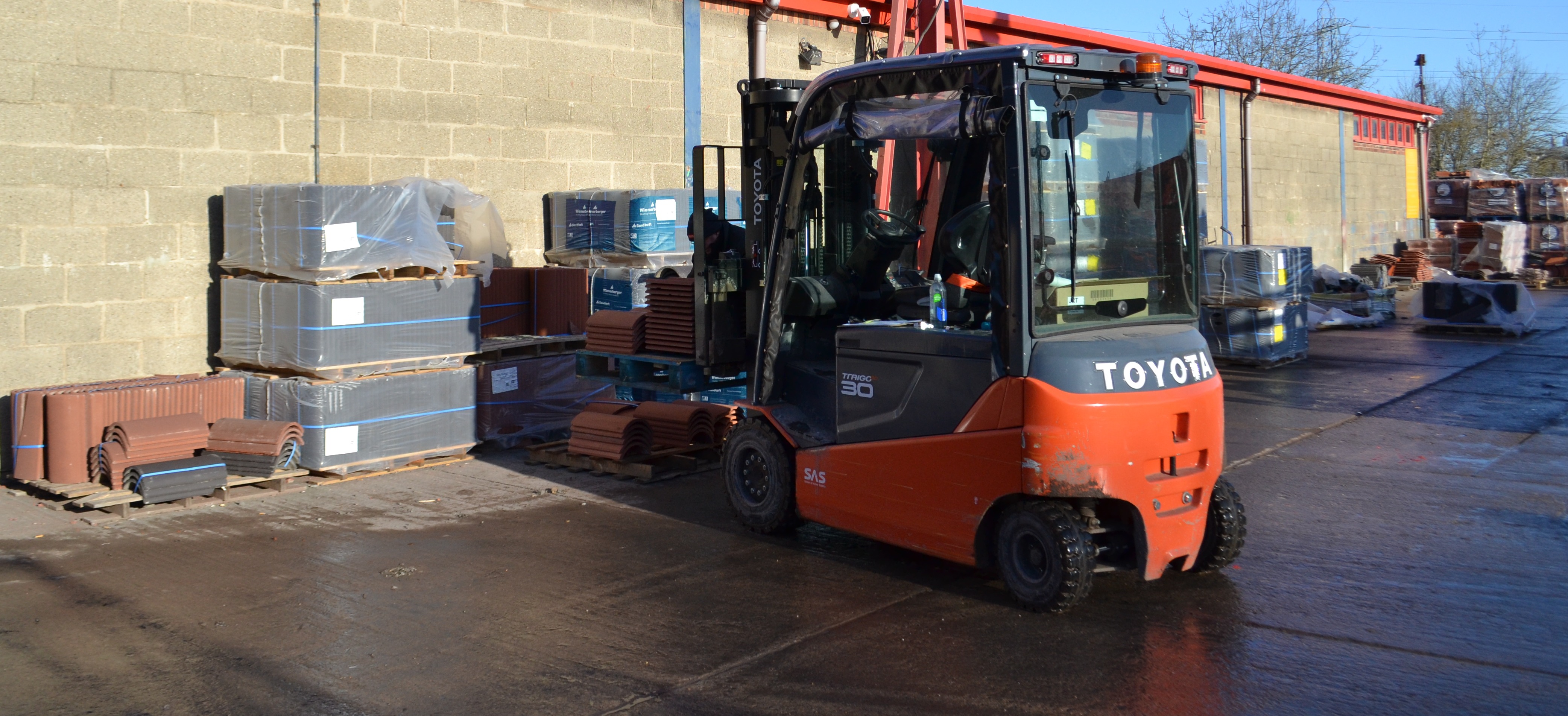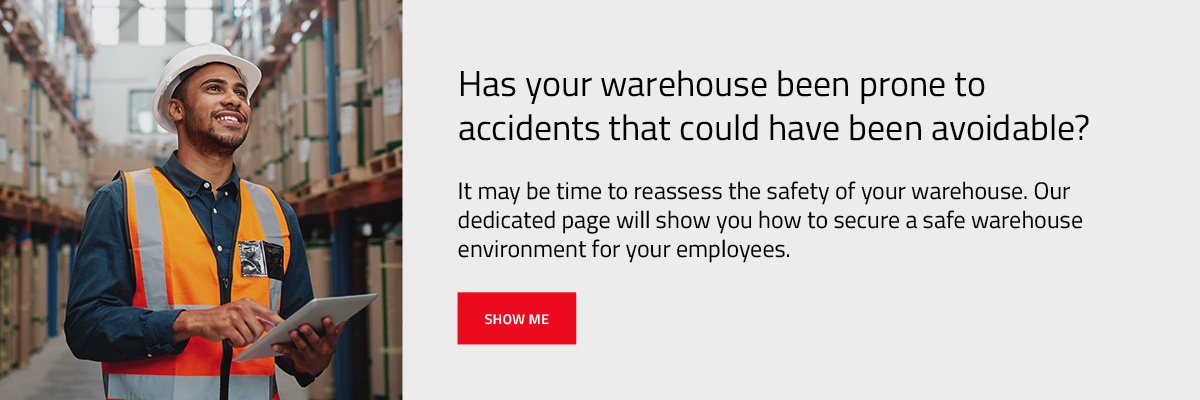Forklifts can enhance productivity, speed up tasks in the supply chain and offer an increased level of safety in your operation. However, to ensure your staff remain competent and have the necessary skills to operate a forklift safely, you must provide them with the right safety training tips.
Here are key training tips to ensure your operation is safe and the training you provide ticks every box. These include:
- Show your staff how to inspect a forklift.
- Explain how to operate a forklift at a safe speed.
- Highlight how accidents typically take place.
- Ensure your employees pass a test.
- Choose reliable equipment.
- Work with a reputable trainer.
1. Show your staff how to inspect a forklift.
One of the first and most crucial forklift safety training tips we can offer is to inspect your forklift before use. This involves checking various components, including fluid levels, the brakes and steering functionality.
It is the operator’s responsibility to carry out these inspections. Therefore, you need to provide them with the correct level of training so they know what to look out for.
Failure to carry out the appropriate safety checks can result in forklift failure or malfunction, which could pose a substantial risk to the operator and other employees.
To ensure you cover all the aspects included in a thorough examination of forklift trucks, we recommend you familiarise yourself with HSE standards.
2. Explain how to operate a forklift at a safe speed.
Another important forklift safety training tip to consider is the speed at which you operate your forklifts. Although there are no fixed restrictions for forklift speeds, guidelines outline they should not travel at any more than 20 kilometres per hour outdoors and 10 kilometres per hour indoors.
However, the speeds permitted on your site may change depending on several factors. For example, if the floor is regularly slippy on your site, this can make braking difficult, meaning a forklift should only travel very slowly.
You must highlight the importance of forklift speeds and explain to your staff how to drive them in a safe and controlled manner.
3. Highlight how accidents typically take place.
Some of the most common causes of forklift accidents occur due to the behaviour of the person operating the machinery. Some examples include:
- The forklift driver fails to communicate with people in the same area, meaning they can end up in the wrong place at the wrong time.
- The operator fails to follow procedure when backing up, turning or braking.
- The forklift is being driven too fast or erratically by the operator.
- The forklift is being driven with an elevated load.
Several environmental factors can also lead to forklift accidents, including a cluttered area or narrow aisles in your warehouse. These obstructions can result in collisions, which can cause injuries to staff and stock being damaged.
To prevent such instances from occurring, staff should be vigilant in ensuring aisles are clear and accessible at all times.
There are many reasons why a forklift accident may occur, so you must raise awareness as early as possible so operators can be clear on how they need to act moving forward.
4. Ensure your employees pass a test.
HSE standards state that forklift operator training should always be carried out in three stages.
The first stage is basic training. Here, operators should pick up the basic skills required to operate a forklift safely and efficiently.
Once this is complete, the operator should then take on specific job training. This involves providing knowledge and understanding of the operating principles and controls of the truck and how it will be used in the workplace.
In the final stage, you should test your employees on everything they have been shown in training. Known as familiarisation training, this is their chance to apply what has been learnt under normal working conditions on the job.
5. Choose reliable equipment.
When choosing forklifts for your fleet, you should consider all the various safety features of the vehicles.
Poorly designed or older vehicles can present a safety risk to your employees, as they may not include the safety features of their more modern counterparts.
You should also ensure your forklifts adhere to regulatory standards such as LOLER, PUWER and the Approved Code of Practice.
With our model of continuous improvement, we have developed a range of forklifts that put the safety of workers first. From System of Active Stability (SAS) to skid-resistant exit and entry steps, we have covered all bases to ensure maximum safety without hindering performance.
6. Work with a reputable trainer.
When providing forklift training, there is a lot to consider. It is also crucial you get it right, as there could be severe consequences, such as legal repercussions or forklift-related injuries if you do not meet the suitable standards.
You are already busy maintaining quality and planning for the future — so you need a reputable forklift training provider by your side.
Undertaking both in-house and on-site training can help you understand your legal obligations and ensure your operators have the correct levels of skill to drive a forklift safely.
Proper forklift training can provide your business with several benefits, including:
- Improved truck knowledge, driving skills and motivation from your staff.
- The opportunity to build a safety-first culture where risk is minimised across your operation.
- Fewer accidents, damage and fuel consumption — ultimately having a positive impact on your bottom line.
Find out more about our forklift training options here.
Creating a safe environment for your staff.
Forklift safety is paramount in ensuring the safety and well-being of your staff. Failure to adhere to safety measures can result in dangerous consequences, so anyone operating in or near a forklift must undergo the appropriate training. Use the button below to see the training options available to you.


